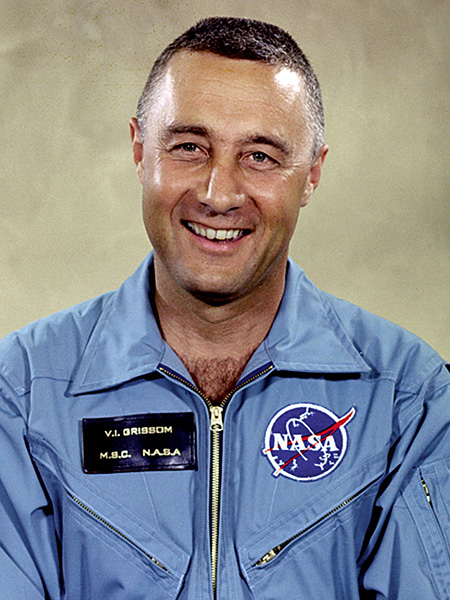Second American in space

Virgil “Gus” Grissom received a bachelor’s degree in mechanical engineering in 1950. After graduating, Grissom joined the U.S. Air Force, where he served as a pilot and flew 100 combat missions during the Korean War, earning the Distinguished Flying Cross for bravery. In 1959, Grissom was selected as one of the seven astronauts for NASA’s Project Mercury, a critical initiative aimed at surpassing Russia in the space race. On July 21, 1961, he became the second American to venture into space, piloting the Mercury-Redstone 4 mission. Nearly six years later, Grissom lost his life in a fire that erupted inside the cockpit of Apollo 1 during a prelaunch test. Grissom's contributions to space exploration were widely recognized after his death. He was inducted into the Astronaut Hall of Fame, Space Hall of Fame, and Aviation Hall of Fame. Additionally, he posthumously was awarded a Presidential Medal of Freedom and a NASA Distinguished Service Medal for his extraordinary service and sacrifices. Purdue paid tribute to Grissom's legacy by naming its School of Industrial Engineering building, Grissom Hall, in his honor.
